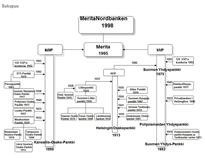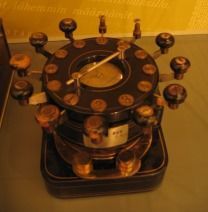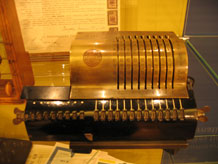Kansallis-Osake-Pankki
The foundation for establishment of Kansallis-Osake-Pankki (KOP) was laid in the spring of 1889, when Fennomans gathered at the Helsinki Finnish Club with the aim to make banking services available in Finnish. In order to raise equity capital for the new bank, the Fennomans recruited advocates who collected names to share registers in secret meetings. As a result, a total of 1,152 people entered shares in the register.
The bank began its operations on Saturday 8 February 1890 as it opened its branch at Aleksanterinkatu 17. In the early stages, creating a Finnish banking vocabulary proved especially challenging since the previously founded banks offered services in Swedish only.
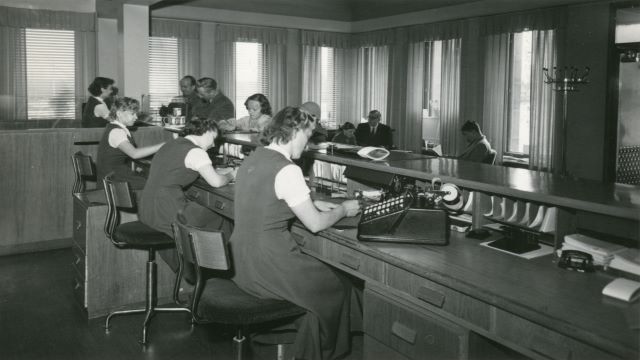 Photo: Kansallis-Osake-Pankki, Mänttä, 1956.
Photo: Kansallis-Osake-Pankki, Mänttä, 1956.
Although Kansallis-Osake-Pankki only stared off with one branch for banking license reasons, its goal from the start was to become a national operator. After a few months' delay, the bank opened branches in Turku, Hamina, Tampere, Viipuri and Oulu. The bank continued to expand its branch network and branches began to pop up in rural areas, too. In the late 1800s, Kansallis-Osake-Pankki had established branches in Hämeenlinna, Kuopio, Pori, Kemi, Käkisalmi, Heinola, Iisalmi, Mikkeli, Rauma, Vaasa, Kajaani, Raahe, Rovaniemi, Maarianhamina, Salo, Joensuu, Jyväskylä, Lahti, Hanko, Porvoo, Savonlinna and Nurmes.
By 1913, Kansallis-Osake-Pankki had become the second largest commercial bank in Finland. From then onwards, the two banks, Kansallis-Osake-Pankki and the Union Bank of Finland, competed for the title of the largest bank in the country for decades.
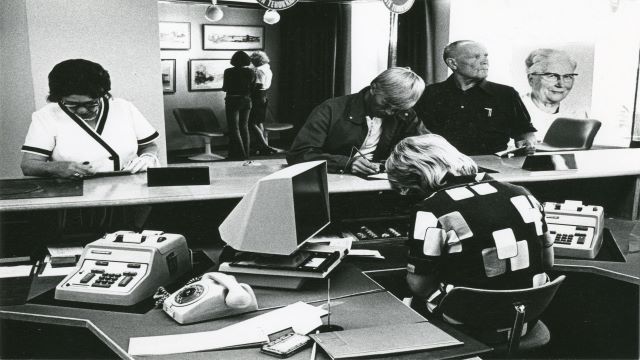 Photo: Kansallis-Osake-Pankki, Urho Kekkosen katu, Helsinki, 1975.
Photo: Kansallis-Osake-Pankki, Urho Kekkosen katu, Helsinki, 1975.
.svg)
![SYP_Kuopion_konttori_v1897_218x158[1]](/Images/147-218543/yhdyspankki-kuopio-1897.jpg) Photo: Union Bank of Finland, Kuopio, 1897.
Photo: Union Bank of Finland, Kuopio, 1897.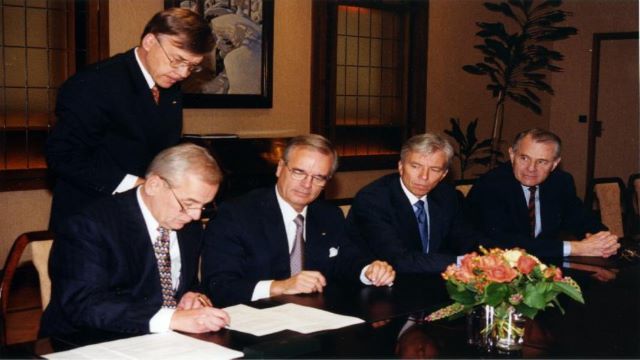
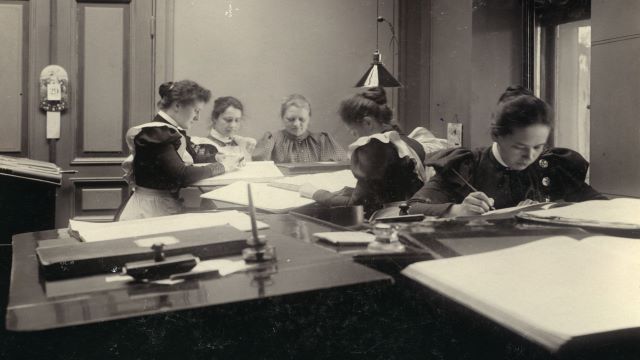 Photo: Union Bank of Finland, 1890s.
Photo: Union Bank of Finland, 1890s.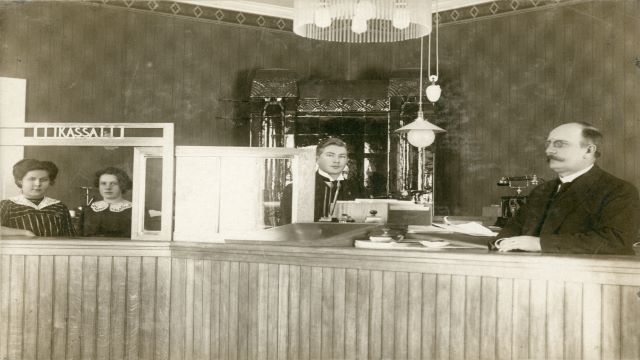 Photo: Nordiska Aktiebanken, Heinola, 1914.
Photo: Nordiska Aktiebanken, Heinola, 1914. Photo: Kansallis-Osake-Pankki, Mänttä, 1956.
Photo: Kansallis-Osake-Pankki, Mänttä, 1956. Photo: Kansallis-Osake-Pankki, Urho Kekkosen katu, Helsinki, 1975.
Photo: Kansallis-Osake-Pankki, Urho Kekkosen katu, Helsinki, 1975.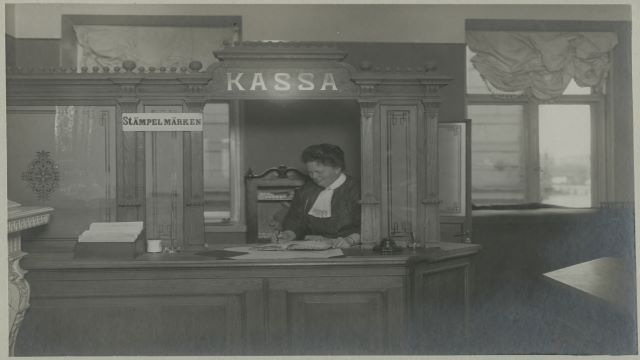 Photo: Nylands Aktiebank, Helsinki, 1910s.
Photo: Nylands Aktiebank, Helsinki, 1910s.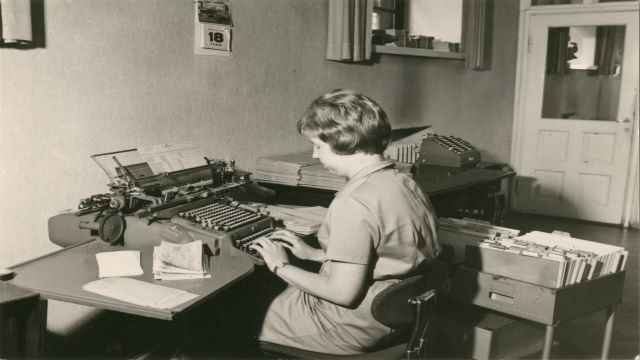 Photo: Helsingin Osakepankki, an accounting department, 1964.
Photo: Helsingin Osakepankki, an accounting department, 1964.